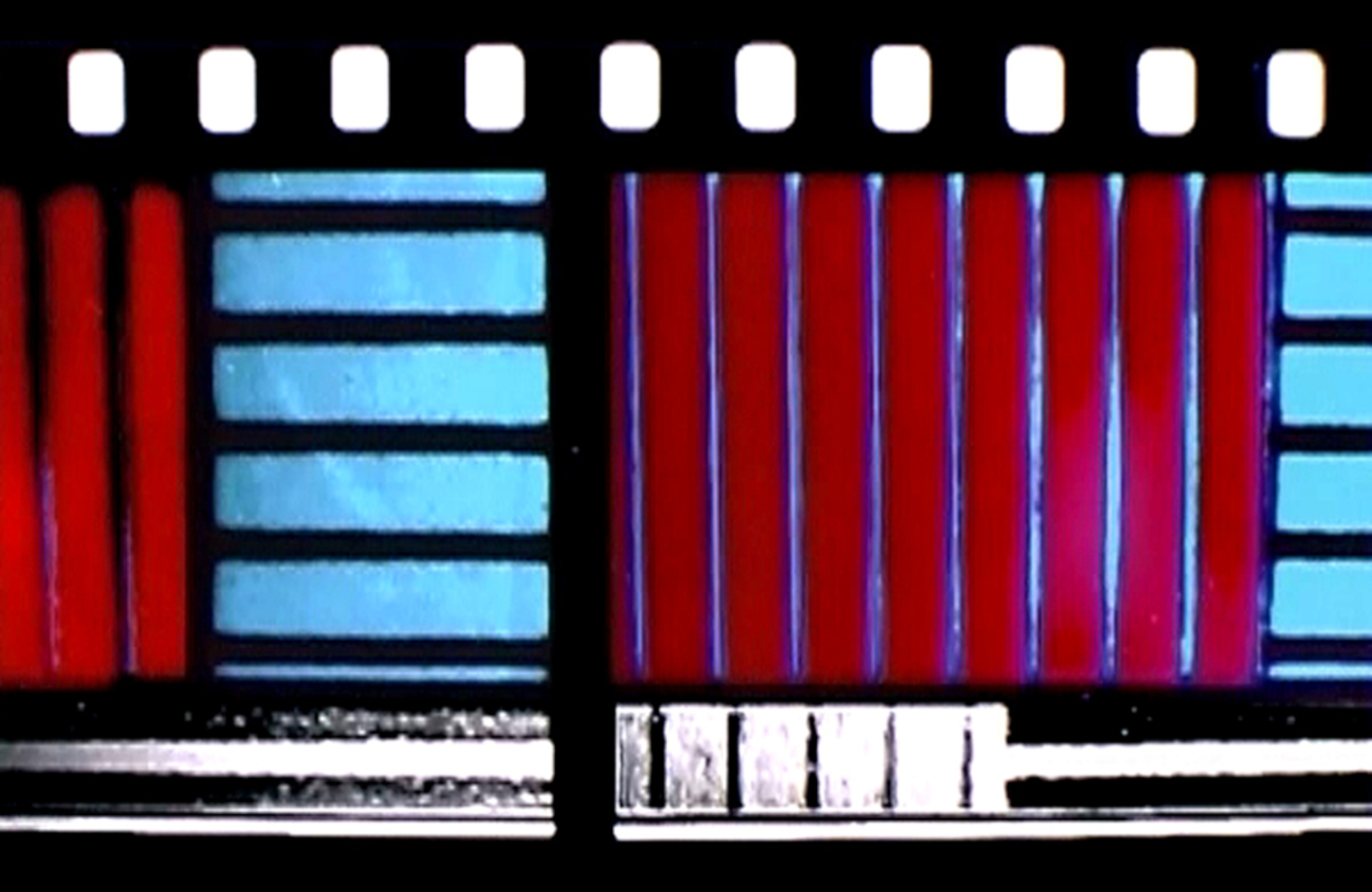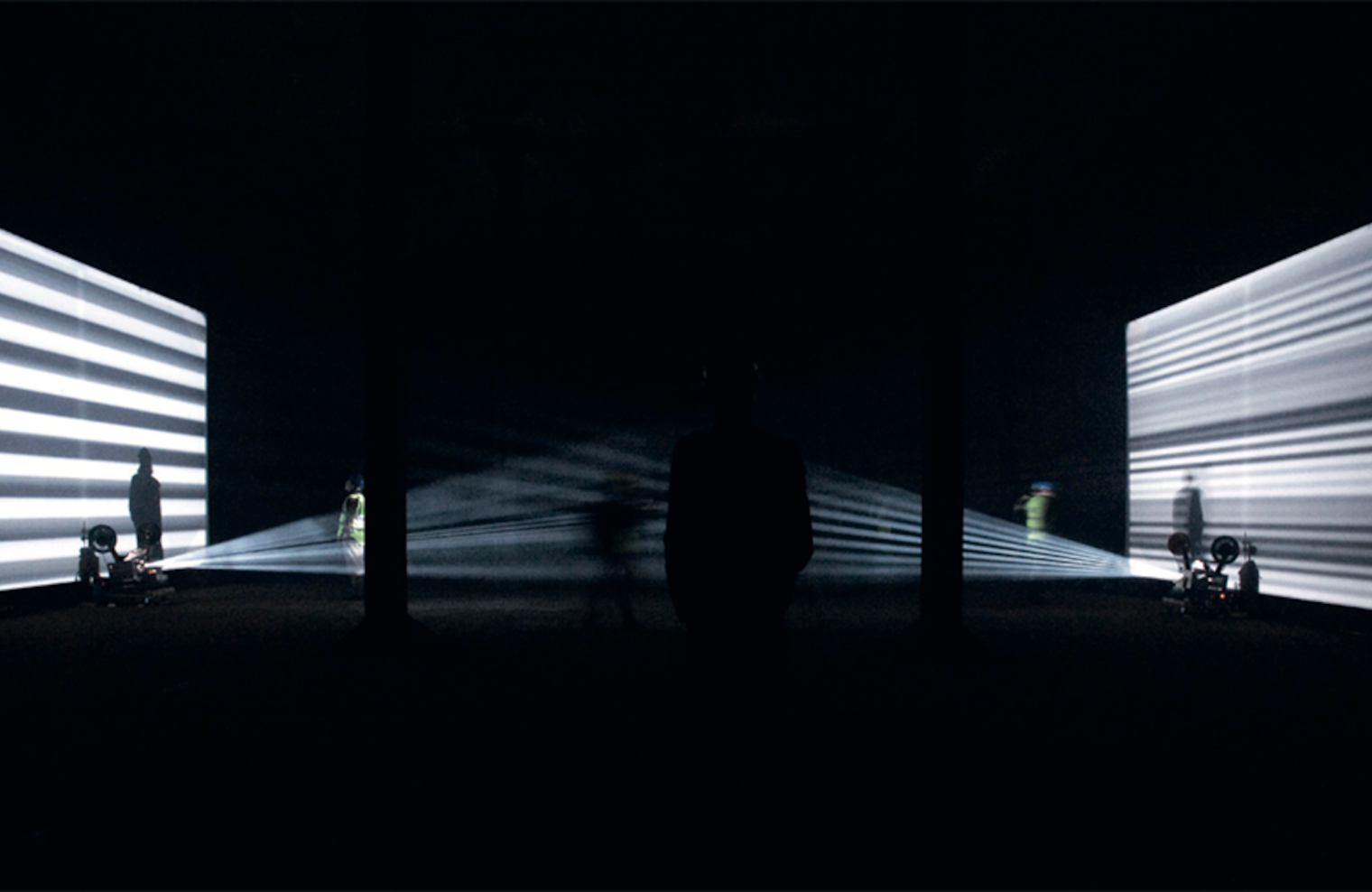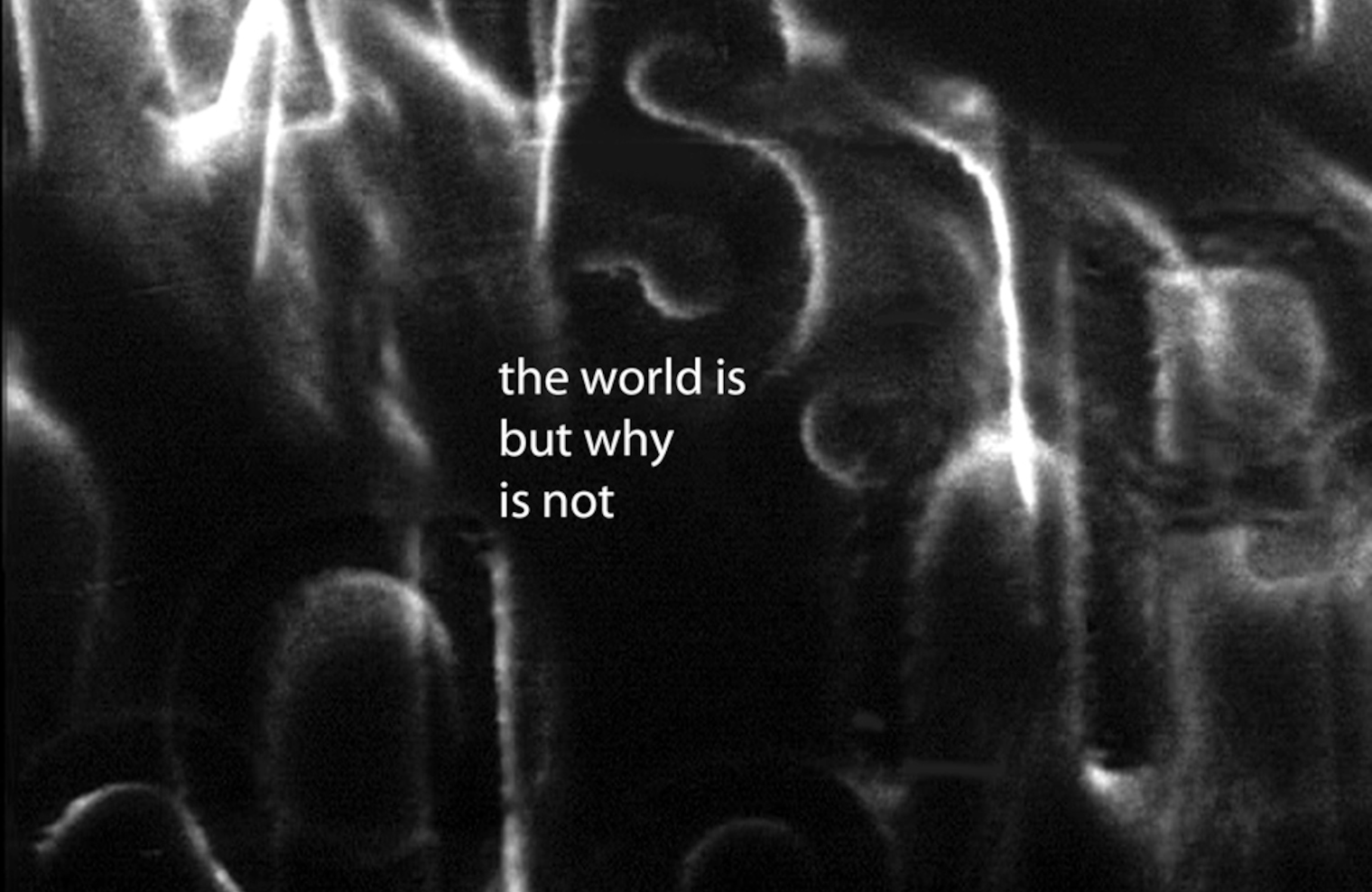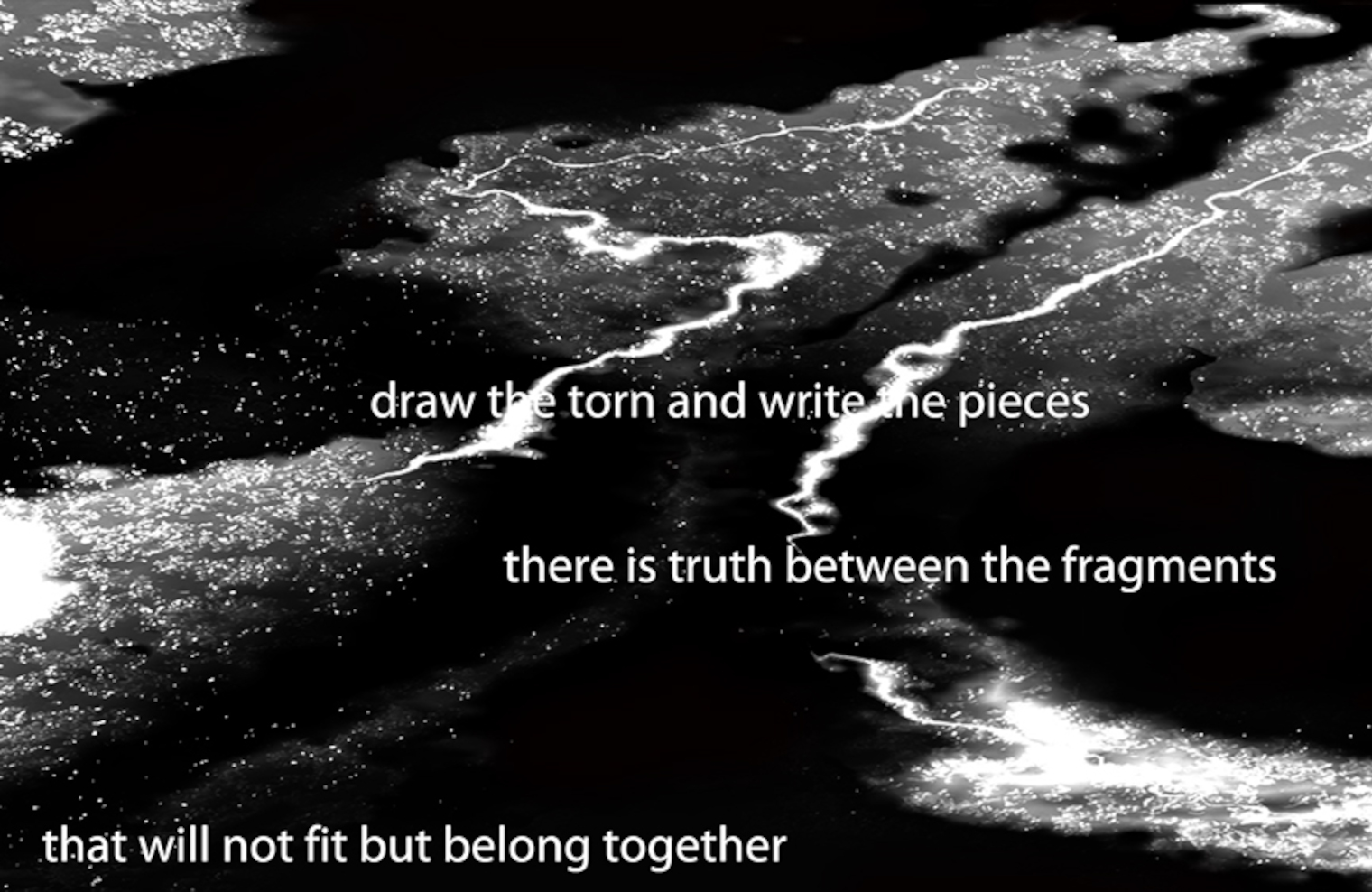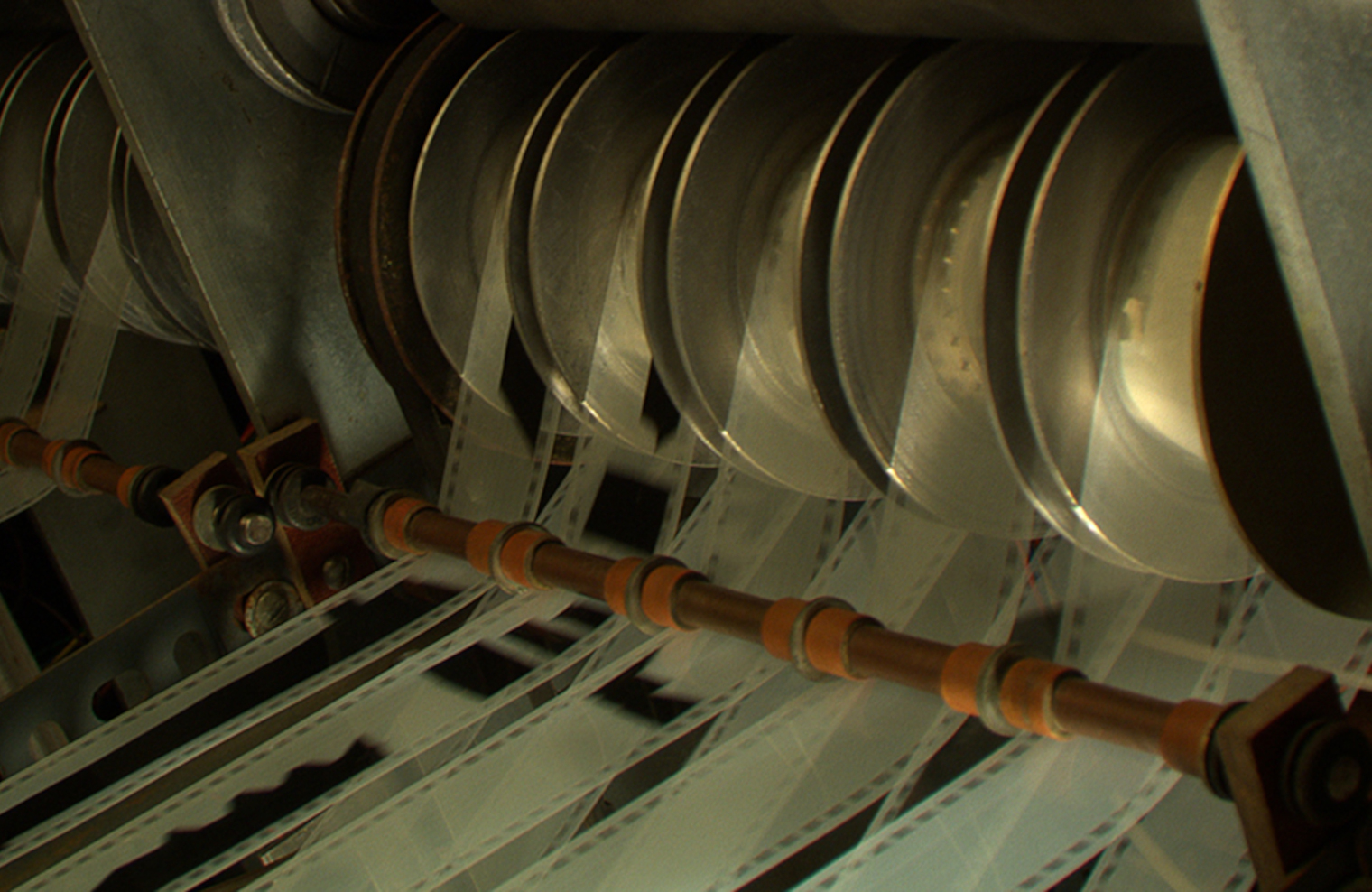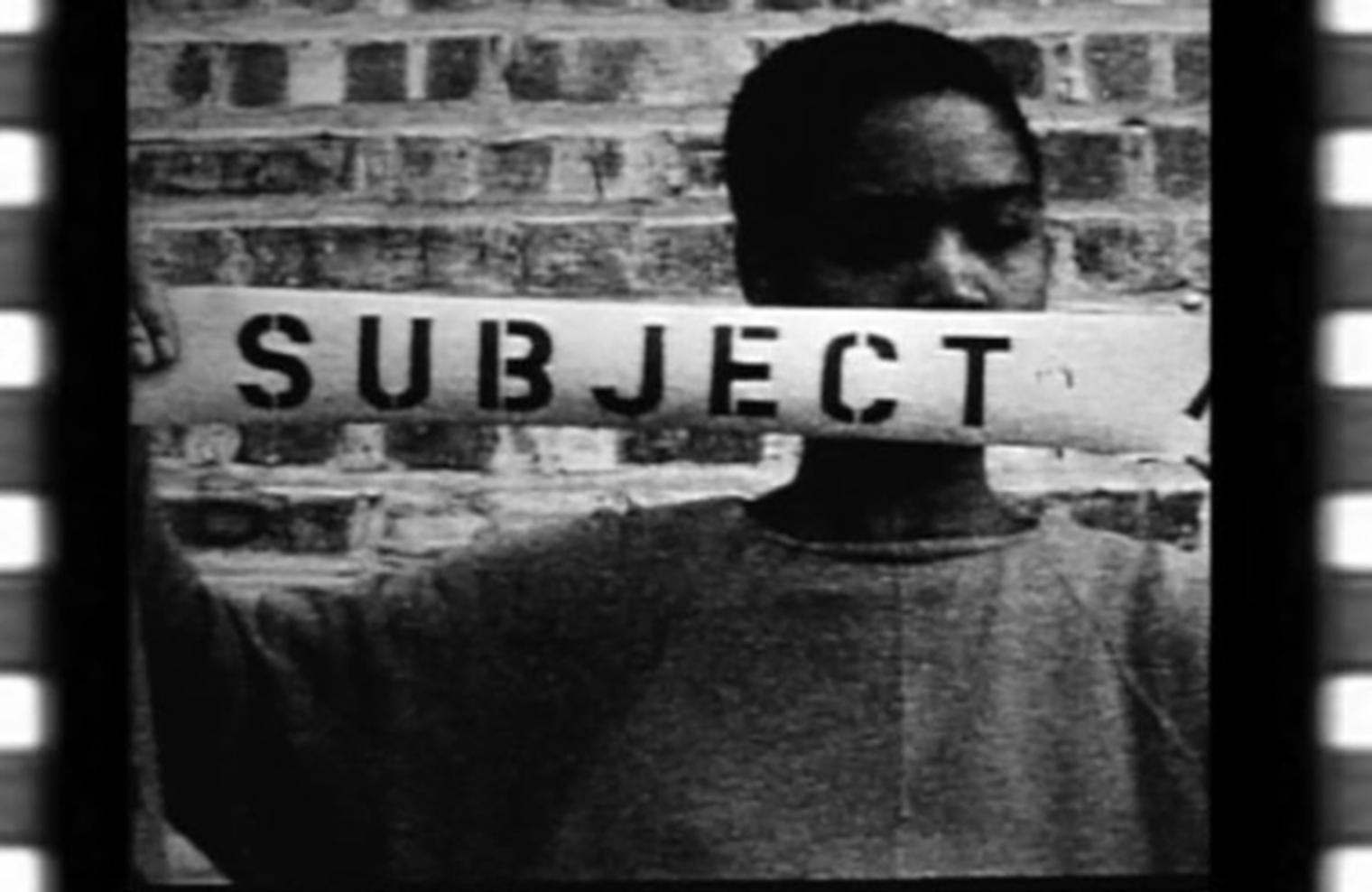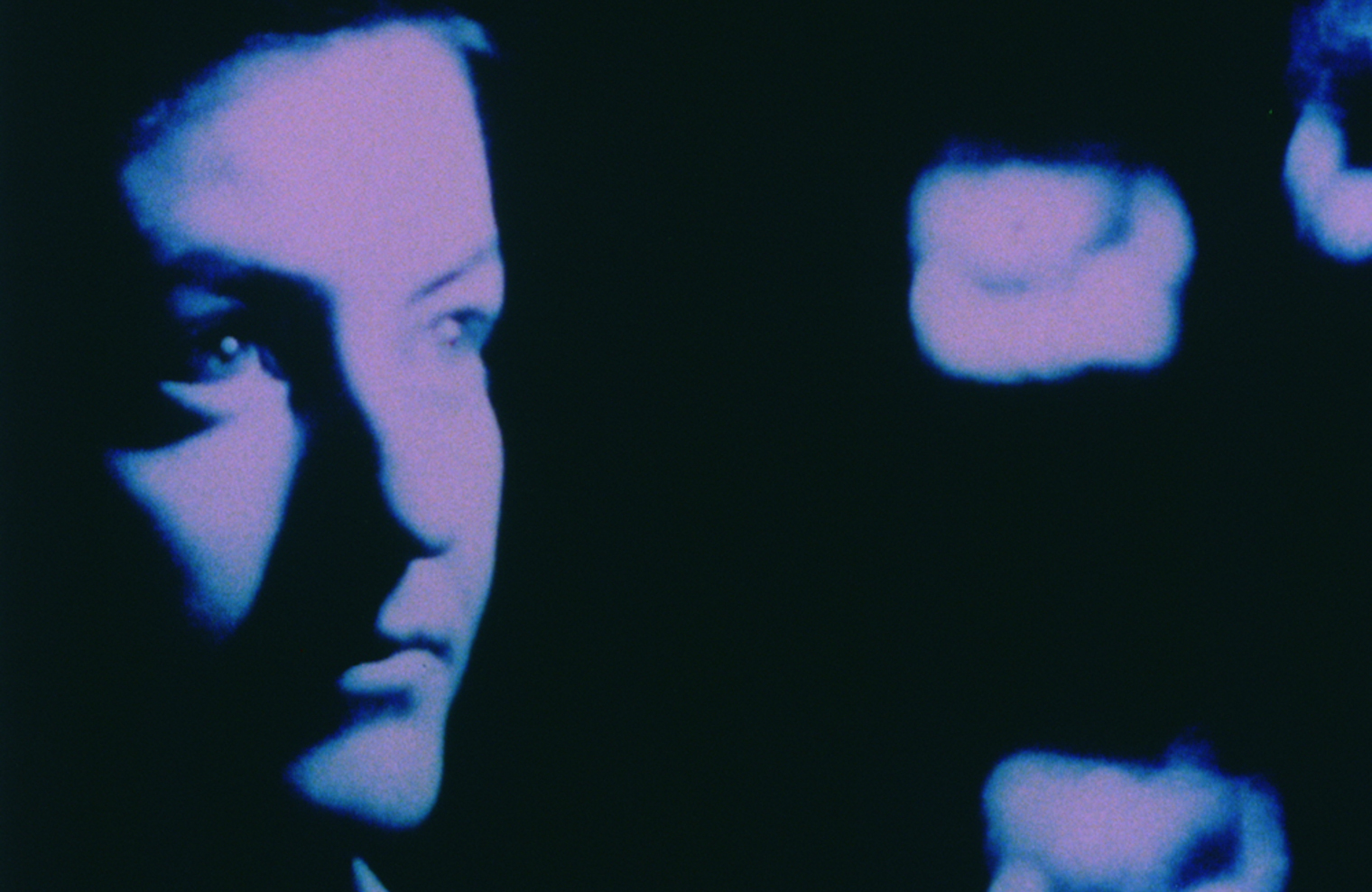Artist in focus: Lis Rhodes
Artist and filmmaker Lis Rhodes has been making radical and experimental work that challenges hegemonic narratives and the power structures of language since the 1970s. In doing so, she uses film, sound, drawing, performance, photography, writing and political analysis. Rhodes attended North East London Polytechnic and the Royal College of Art, and later taught at the RCA and the Slade, where she was a tutor for 30 years. A key figure in the early years of the London Film-Makers’ Co-operative (LFMC), where she was the cinema programmer, Rhodes was also a founding member of the feminist film distribution network Circles.
Rhodes is still best known for the early experiments with optical sound in the films Dresden Dynamo (1971) and Light Music (1975-77). Of her works, these are those more easily incorporated into the established canon of avant-garde film, and which — on the surface at least — appear to share many characteristics with the work produced by her colleagues at the LFMC in the 1970s: the material of film, cameraless film processes, optical sound, and emphasis on the projection event. But as Light Music and her work thereafter more clearly indicate, it would misrepresent these early films to reduce them to purely filmic concerns. Underlying both is a feminist consciousness, and an awareness of the lack of women in the European classical music tradition.
“The grammar of looking and the grammar of language,” she has explained, “are both a set of power relationships,” and both are explored in Light Reading (1978), which represents a turning point in her filmography. Her first voice-over film — also her first explicitly feminist film — Light Reading inspired a succession of essayistic feminist avant-garde films in Britain. Not long after its completion, Rhodes wrote “Whose History?”, an essential text that confronts the writing of film history for and by men, and more widely the problem of making history. The essay was prompted by Rhodes’ experiences during the planning of the exhibition “Film as Film: The Formal Experiment in Film, 1910-1975” at the Hayward Gallery in London. Rhodes, along with other female artists, withdrew their work from the exhibition, protesting the marginal role of female filmmakers.
She wrote: “As a method of reconstructing film history the thesis of “Film as Film” is useful only in so far as it satisfies an apparent need to classify, organise and contain. This imposition of a fixed point of view on film history is dubious and contradicts the idea that films can be evaluated on their own presuppositions and not manipulated to fit those of the historian. If we are to reconsider this method of reconstruction then we must appeal to our own experience, the experience of women filmmakers, not to theoretical generalisations that either exclude our work or force it into an alien, impersonal system of explanation.” Following “Film as Film”, Rhodes, Felicity Sparrow, Annabel Nicolson and other women active at the LFMC founded Circles as an independent distribution structure for and by women.
In the 1980s Rhodes made a number of essay films characterised by her distinctive use of voice-over narration, which she mostly delivers herself. The subsequent decade saw a shift in Rhodes’ work from gender politics to global politics. Born of a time that equated radical politics and formal experimentation, her work had always been political, but as her medium moved from film to video, and then to digital, formal experimentation took second place to holding power to account. Since the turn of the millennium, Rhodes has conscientiously attempted to document and draw attention to the progressive eradication of justice, equality and individual liberties as a consequence of neoliberal capitalism that uses global terrorism as pretext.
This Artist in Focus program gives an account of Lis Rhodes’ practice from her earliest film (Dresden Dynamo) to her most recent works Journal of Disbelief (2000-2016) and Ambiguous Journeys (2019). It attempts to present the breadth of her oeuvre, and highlights the importance of collaboration, drawing attention to the work of other female artists such as Aura Satz and Sandra Lahire. The retrospective is not exhaustive, and only hints towards a body of work that also incorporates installation and performance.
A re-staging of the touring program “Her Image Fades as Her Voice Rises” that Rhodes and Felicity Sparrow curated in 1982 is also featured. “Her Image Fades” was one of Circles’s most visible projects. Bringing together what were then contemporary works such as Light Reading and Joanna Davis’s Often During the Day with historical precedents by Alice Guy and Germaine Dulac, it highlighted the connections between past and present within the feminist archive. In that spirit, Charlotte Procter from the Cinenova Working Group has been invited to present a screening of works drawn from the Cinenova collection. Cinenova, a volunteer-run organization, was born from the merger of Circles and Cinema of Women in the early 1990s.
This survey takes place following the recent publication of Telling Invents Told, an anthology of Rhodes’ writing. Rhodes will be present for a live reading and conversation on her writing and filmmaking. As Mike Sperlinger has written: “Whose history? It is hard to think of a question more central to our moment, or an artist who has posed it more insistently and urgently than Lis Rhodes. Her films comprise one of the most radical rethinkings of experimental film and politics of the last fifty years; they are like flashbulbs, exposing the physiognomies of power in the cracks of everyday experience. Her writing is both an integral part of her extraordinary filmmaking and a continuation of it. Partisan and sceptical, lyrical and hopeful, it is a voice of resistance to reality as it has been told or sold to us.”
